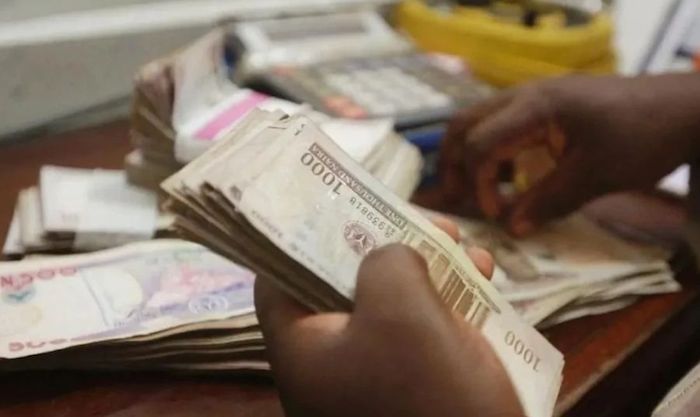…Money supply rises by 11.5% in one year
…Credit to private sector decreases to N73.8trn
Commercial banks’ deposits with the Central Bank of Nigeria (CBN), through the Standing Deposit Facility (SDF), climbed to a record N5.5 trillion on Tuesday, following the repayment of Open Market Operation (OMO) bills
OMO refers to the buying and selling of government securities in the open market as a tool used to regulate liquidity, control inflation, stabilise interest rates, and maintain overall monetary stability. It is operated by the CBN.
The CBN repaid N731.13 billion to investors on Tuesday, pushing banks’ deposits with their regulator to an all-time high of N5.5 trillion, according to data. The surge followed an earlier increase on Monday, when the SDF reached N5.38 trillion, boosted by excess liquidity from the Federation Account Allocation Committee (FAAC) disbursements and OMO repayments.
In September 2025 alone, the CBN conducted OMO repayments worth N1.2 trillion. These included N731.13 billion on September 30, N254.9 billion on September 23, and N204.9 billion on September 16.
In the OMO bills secondary market on Tuesday, the overall average yield across the curve fell by 44 basis points to 21.00 percent, down from 21.44 percent the previous day, according to FSDH Research. Average yields across short-term, medium-term, and long-term maturities declined by six basis points, 80 basis points, and 48 basis points, respectively. The January 6, 2026 OMO bill saw strong investor demand, with yields dropping by 180 basis points.
Read also: What CBN’s rate means for savers, borrowers, investors
Despite the rise in deposits, banks’ opening balance dropped to N2.297.63 trillion on Tuesday, representing a 12.19 percent decline compared to N2.338.97 trillion recorded on Monday.
Nigeria’s broad money supply (M3) surged to an all-time high of N199.5 trillion in August 2025, reflecting the CBN’s tight monetary policy stance aimed at curbing inflation and stabilising the economy.
CBN data further show that money supply increased by 11.5 percent year-on-year, reaching N119.52 trillion in August 2025, compared to N107.19 trillion in August 2024. On a monthly basis, it grew by 1.7 percent from N117.49 trillion in June 2025, though the data for July 2025 was not provided.
Currency in circulation recorded a significant decline of 18.84 percent, falling to N4.92 trillion in August 2025 from N4.14 trillion in August 2024. On a month-on-month basis, it declined marginally by 1.6 percent from N5.00 trillion in June 2025, according to the latest CBN data.
Credit to the private sector also contracted, dropping to N73.83 trillion in August 2025, a decline of 1.2 percent compared to N74.73 trillion in August 2024. On a monthly basis, private sector credit fell by three percent from N76.14 trillion in June 2025.
Similarly, credit to the government by banks fell sharply, plummeting by 25.75 percent year-on-year to N23.13 trillion in August 2025 from N31.15 trillion in the same period of 2024. On a month-to-month basis, lenders’ credit to the government declined by 2.48 percent from N23.72 trillion recorded in June 2025.
Commenting on these developments, Aloysius Uche Ordu, a member of the Monetary Policy Committee (MPC), noted in his personal statement of July 2025 that the monetary base continued to reflect the CBN’s tightening stance, with a moderation in currency in circulation. He added that capital market activities suggested improved transmission of monetary policy, while investor appetite for Nigerian treasury bills remained firm.
Also in her statement at the July 2025 MPC meeting, Lydia Shehu Jafiya, another committee member, observed that monetary aggregates rose, with Broad Money (M3) increasing by 43.65 percent year-to-date in June 2025, largely due to the growth in Net Foreign Assets (NFA). She explained, however, that this factor had minimal impact on inflationary pressures when compared with growth in Net Domestic Assets (NDA), which plays a more direct role in driving inflation.

